Will Blink Camera Work Without Wifi ?
Blink cameras are popular for their simplicity and cost-effectiveness, but many people are concerned about one question: will Blink cameras still work without WiFi? This article will explore in detail the features and limitations of the Blink camera without WiFi, introduce alternative connection methods and offline recording options, address common problems, and provide suggestions for improving offline usage.
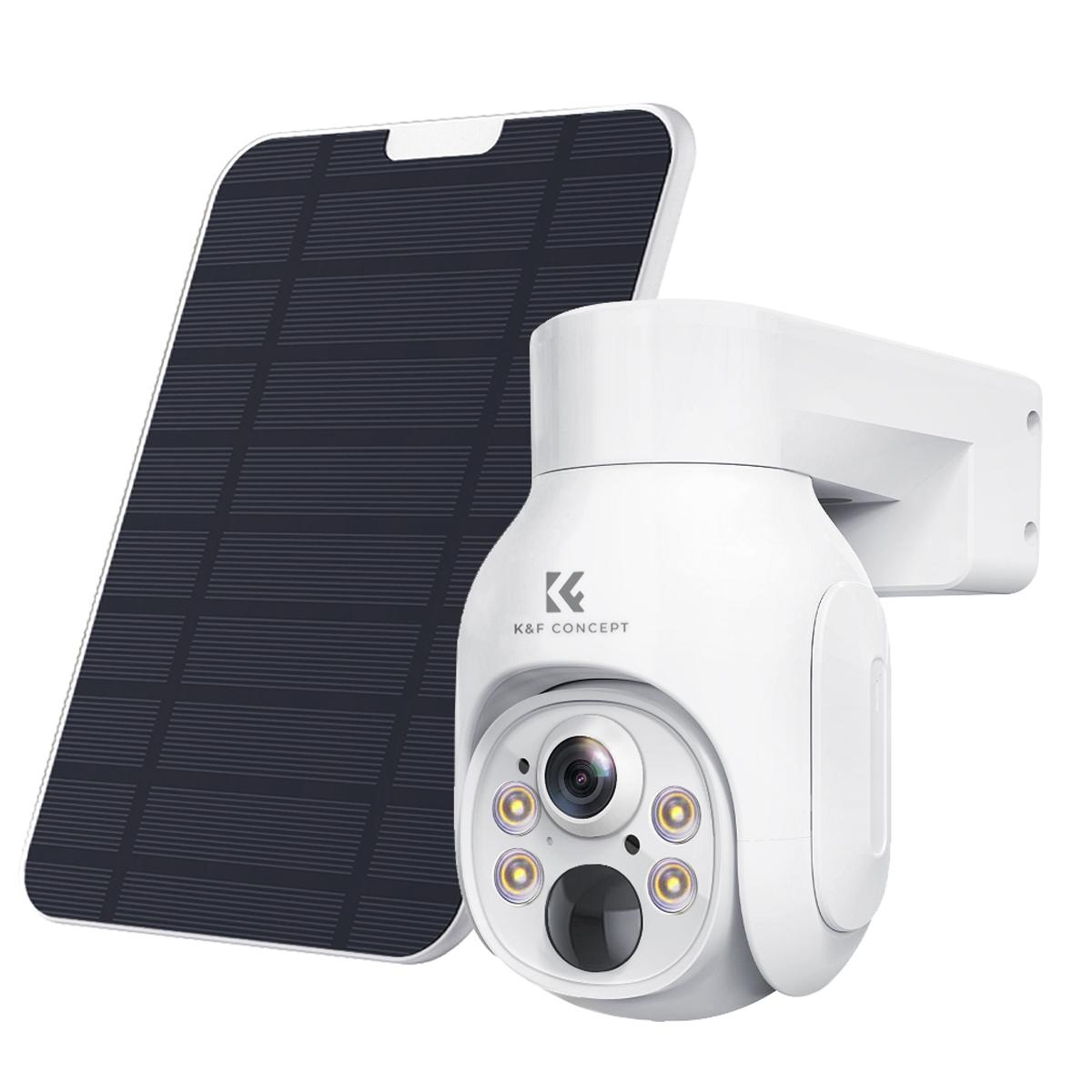
Blink camera features and limitations without WiFi
The Blink camera relies heavily on the WiFi network for video transmission and storage. When there is no WiFi, the camera's functionality will be limited as follows:
Remote access is not possible:
The Blink webcam requires a WiFi connection to the Internet in order for users to remotely view live video and recordings via the Blink app. When there is no WiFi, the remote access feature will not work.
Unable to receive alarm notifications:
The Blink camera relies on WiFi to send motion detection notifications to the user's cell phone. Without a WiFi connection, users will not receive any alarm notifications.
Unable to upload videos to the cloud:
The Blink camera's videos are stored in the cloud and require WiFi to upload videos. Without WiFi, the camera will not be able to upload recorded videos to cloud storage.
Alternative connection methods using Blink camera
While the Blink camera relies primarily on WiFi, in some cases, alternative methods can be used to provide an internet connection:
Mobile Hotspot:
Use a smartphone or mobile hotspot device to provide a WiFi connection. Connecting the Blink camera to a mobile hotspot can be a temporary solution to the problem of not having WiFi.
Steps:
- Activate the hotspot function of your smartphone or mobile hotspot device.
- Open the Blink app, go to Camera Settings and select Connect to a new WiFi network.
- Enter the network name and password of the mobile hotspot to complete the connection.
Wired network converter:
Use a WiFi to Ethernet converter to convert a wired network to a WiFi signal, but this requires a wired network interface near the camera.
Recording and storage options in offline mode
Without WiFi, the Blink camera can still be used for local storage, but it requires a specific device:
Blink Sync Module 2:
The Blink Sync Module 2 supports the local storage feature. Users can plug in a USB flash drive to store recordings locally.
Steps:
- Insert the USB flash drive into Blink Sync Module 2.
- In the Blink app, go to Settings and select the Local Storage option.
- Confirm that the video recordings are stored on the USB flash drive.
Download manually on a regular basis:
If the camera has a WiFi connection, users can periodically download the video to the local storage device for viewing when no WiFi is available.
Solve common problems without WiFi
Unstable signal:
If using a mobile hotspot, make sure the hotspot device is placed in an area with strong signal to avoid unstable signal affecting the video quality.
Insufficient storage space:
Regularly check and clean up the video files on the USB flash drive to make sure there is enough storage space for new recordings.
Device compatibility issues:
When using Blink Sync Module 2, make sure the USB flash drive format is FAT32 to avoid compatibility issues.
Ways to improve offline usage
Check the device regularly:
Regularly check the working status of Blink camera and Sync Module 2 to make sure the devices are working properly and avoid losing recordings due to device failure.
Optimize camera settings:
When WiFi is available, adjust the camera's recording settings, such as resolution and frame rate, to balance recording quality and storage requirements.
Backup important recordings:
Regularly back up important video files to other storage devices, such as external hard disk or cloud storage, to prevent data loss due to USB flash drive failure.


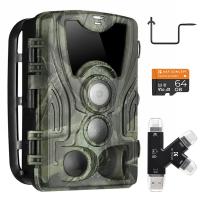
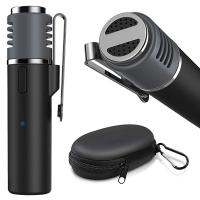

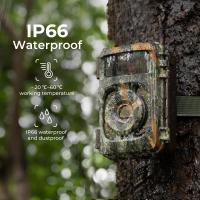
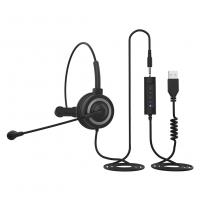

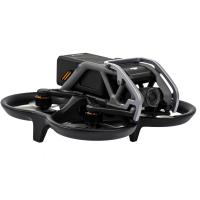
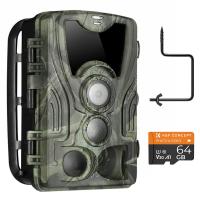
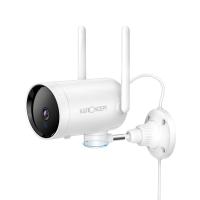



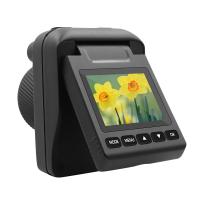

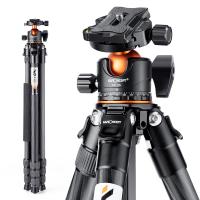
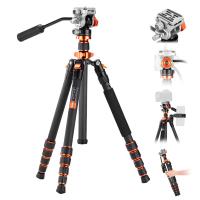




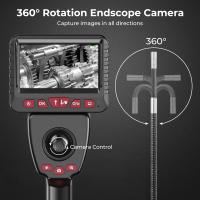
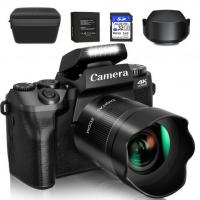






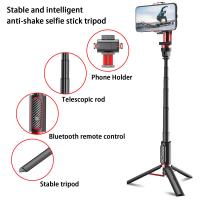
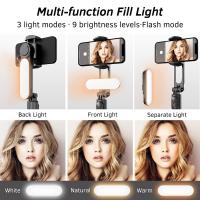
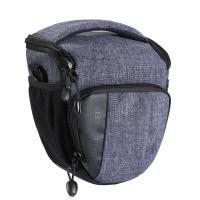

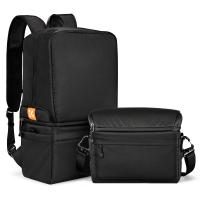
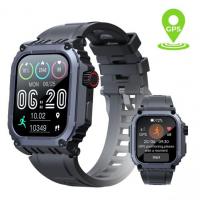


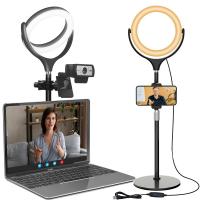



There are no comments for this blog.